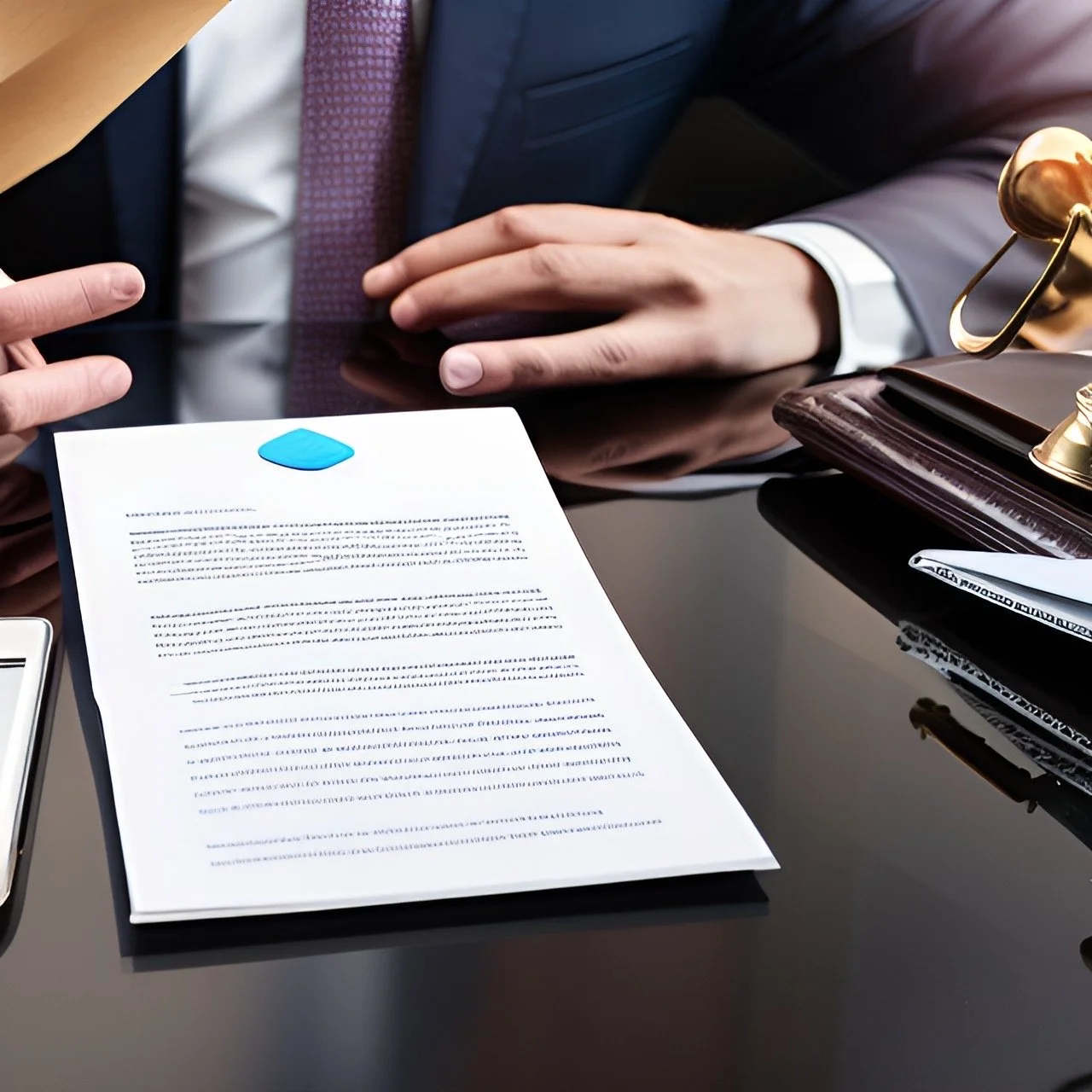An artistic rendering of a wheelchair user in a cap and gown. His hands are clasped and he looks depressed. Above him, a chain link.
As we enter the final week of May, dedicated to highlighting mental health awareness, it's essential to discuss student loan debt and the "disability tax" — colloquially known as the Crip Tax.
This invisible tax represents the extra expenses incurred by those with disabilities, ranging from increased transportation costs and frequent medical appointments to accessible housing requirements and assistive technologies. According to the National Disability Institute, people with disabilities pay an extra $17,690 each year to maintain a similar standard of living as a household without a member with a disability. When combined with the burden of student loan repayment, the financial landscape becomes increasingly challenging.
An analysis from the U.S. Department of Education reveals a shocking truth — nearly one-third of borrowers hold student loan debt without possessing a degree. Research from the Education Data Initiative found that the average public university student borrows $31,410 to attain a bachelor’s degree. Moreover, the National Center for Education Statistics (NCES) reports that the six-year graduation rate for students with disabilities at four-year colleges is 49.5%, compared to approximately 68% for students without disabilities.
Existing student loan forgiveness programs often overlook these hardships. The Public Service Loan Forgiveness (PSLF) program, for instance, mandates a 10-year commitment to public service employment, a condition untenable for many.
Income-Driven Repayment (IDR) plans, though ostensibly beneficial, have inherent flaws. By concentrating on annual disposable income, these plans can impose disproportionate repayments on disabled borrowers with lower incomes. This issue becomes especially glaring when considering that the labor force participation rate for individuals with disabilities is 38.3%, with an unemployment rate of 7.0%. In contrast, the same statistics for people without a disability are 77.4% and 3.0% respectively according to the latest data from the U.S. Department of Labor.
The Total and Permanent Disability (TPD) discharge — a beacon of hope — fails to provide relief for all. Qualification is often a convoluted process, leaving many behind.
The pending Supreme Court case concerning widespread student loan forgiveness might not benefit many in our community. Why? Because it primarily centers on forgiveness that doesn't affect monthly payments for those of us still carrying debt. In contrast, IDR plans are designed to adjust loan payments based on income, with forgiveness occurring for most at the 25-year mark.
We urgently need further modifications to IDR plans. Calculations should include disability status and consider our elevated cost of living. Incorporating these added costs into the monthly payment formula could provide significant relief.
The weight of student loan debt should not disproportionately rest on our shoulders.










